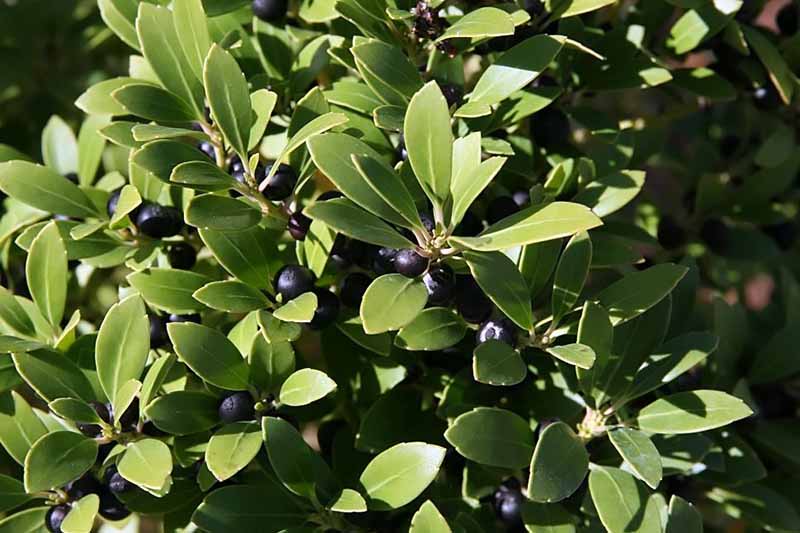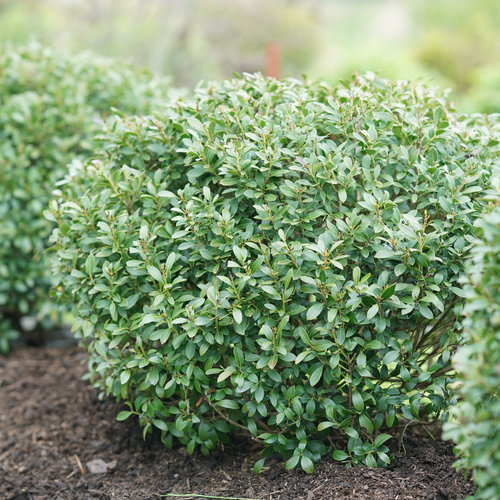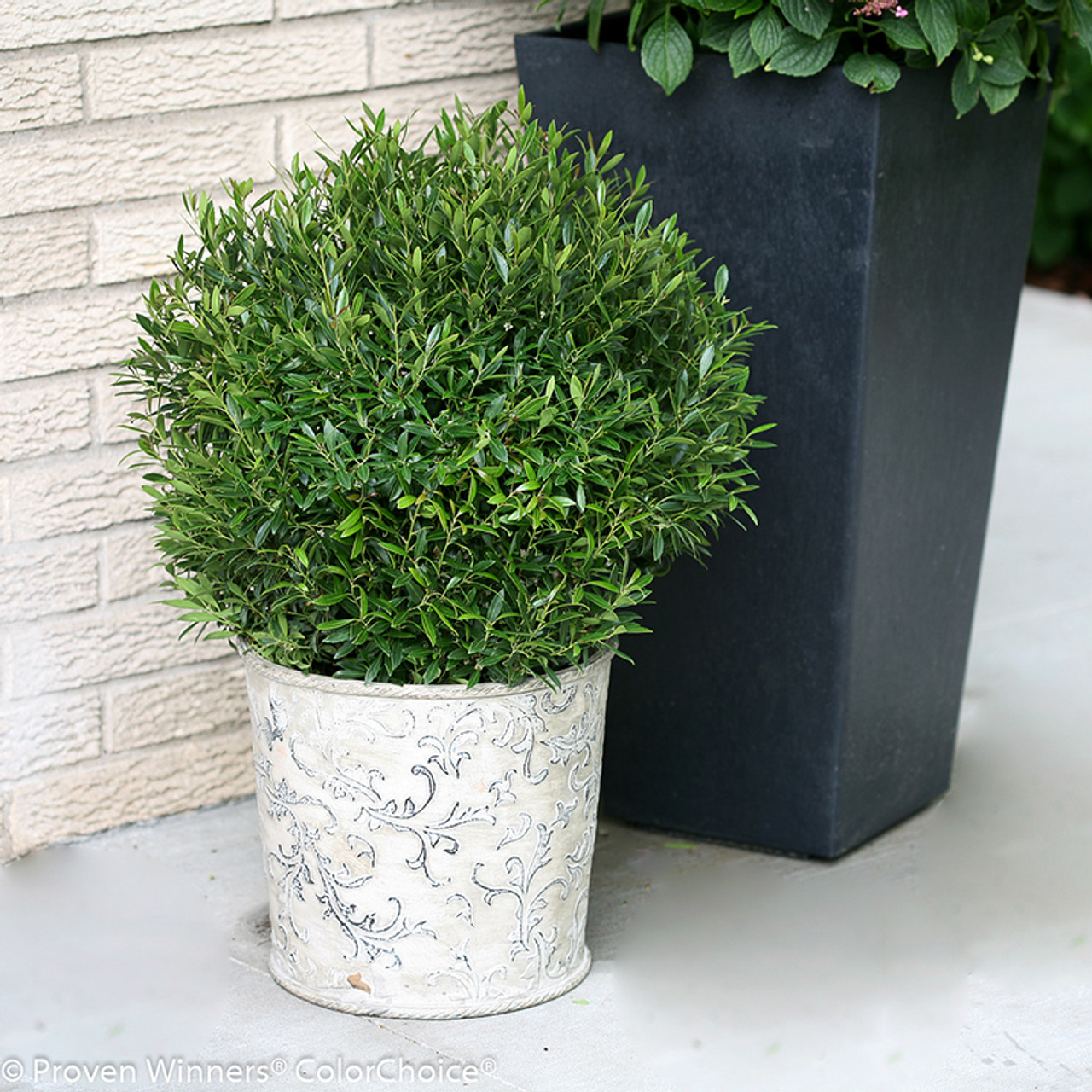Inkberry Holly: The Ultimate Guide To Growing And Caring For This Versatile Shrub
Title: Inkberry Holly: The Ultimate Guide to Growing and Caring for This Versatile Shrub
Introduction:
Inkberry holly (Ilex glabra) is a versatile shrub that is native to eastern North America. It is known for its dark green leaves, black berries, and glossy bark. Inkberry holly is a popular choice for landscaping, as it can be used as a hedge, screen, or specimen plant. It is also a good choice for wildlife gardens, as it provides food and shelter for birds and other animals.
Main Content:
Growing Conditions
Inkberry holly is a relatively easy plant to grow. It prefers full sun to partial shade, but can tolerate some shade. It is also tolerant of a wide range of soil conditions, but prefers moist, well-drained soil. Inkberry holly is drought-tolerant once established, but should be watered regularly during the first year after planting.
Planting
Inkberry holly can be planted in the spring or fall. When planting, choose a site that receives full sun to partial shade. The soil should be moist, well-drained, and acidic. Amend the soil with compost or peat moss before planting.
Care
Inkberry holly is a low-maintenance plant. Once established, it requires little care. Water regularly during the first year after planting, and then water as needed during the summer. Fertilize in the spring with a balanced fertilizer.
Pruning
Inkberry holly does not require much pruning. However, you may want to trim it in the spring to shape it or to remove dead or diseased branches.
Pests and Diseases
Inkberry holly is generally resistant to pests and diseases. However, it can be susceptible to scale, spider mites, and anthracnose. If you notice any problems, you can treat them with insecticidal soap or neem oil.
Benefits
Inkberry holly has many benefits. It is a beautiful plant that can add interest to any landscape. It is also a good choice for wildlife gardens, as it provides food and shelter for birds and other animals. Inkberry holly is also a deer-resistant plant, so it is a good choice for areas where deer are a problem.
Conclusion
Inkberry holly is a versatile and easy-to-grow shrub that is a great addition to any landscape. It is beautiful, deer-resistant, and provides food and shelter for wildlife. If you are looking for a low-maintenance plant that will add interest to your yard, inkberry holly is a great choice.
Inkberry holly is a versatile and easy-to-grow evergreen shrub that is native to North America. It is tolerant of a wide range of conditions, including full sun to full shade, moist to dry soil, and salt exposure. Inkberry holly is also deer-resistant and can be used as a hedge, foundation plant, or privacy screen.
If you are interested in learning more about inkberry holly, please visit Garden Wiki. This website provides comprehensive information about the plant, including its care, cultivation, and uses.
FAQ of inkberry holly
- What is inkberry holly?
Inkberry holly (Ilex glabra) is a low-growing evergreen shrub native to the southeastern United States. It is known for its dark green foliage, small black berries, and tolerance of a variety of soil conditions. Inkberry holly is a popular landscape plant for use as a groundcover, border, or hedge.
- What are the benefits of inkberry holly?
Inkberry holly offers a number of benefits, including:
* Evergreen foliage that provides year-round interest
* Small black berries that attract birds
* Tolerance of a variety of soil conditions
* Drought tolerance
* Low maintenance requirements
- How to care for inkberry holly?
Inkberry holly is a relatively easy plant to care for. It requires full sun to partial shade and well-drained soil. Inkberry holly is drought tolerant, but it will benefit from regular watering during the summer months. Fertilize inkberry holly in spring with a balanced fertilizer.
- How to propagate inkberry holly?
Inkberry holly can be propagated by seed, cuttings, or layering. Seed propagation is the most difficult method, but it can be successful. Cutting propagation is the most common method. Layering is a simple method that is often successful.
- What are the common problems with inkberry holly?
The most common problems with inkberry holly include:
* Scale insects
* Mealybugs
* Spider mites
* Anthracnose
* Leaf spot
These problems can be controlled with insecticidal soap, neem oil, or horticultural oil. Anthracnose and leaf spot can be prevented by watering in the morning and avoiding overhead watering.









Post a Comment for "Inkberry Holly: The Ultimate Guide To Growing And Caring For This Versatile Shrub"